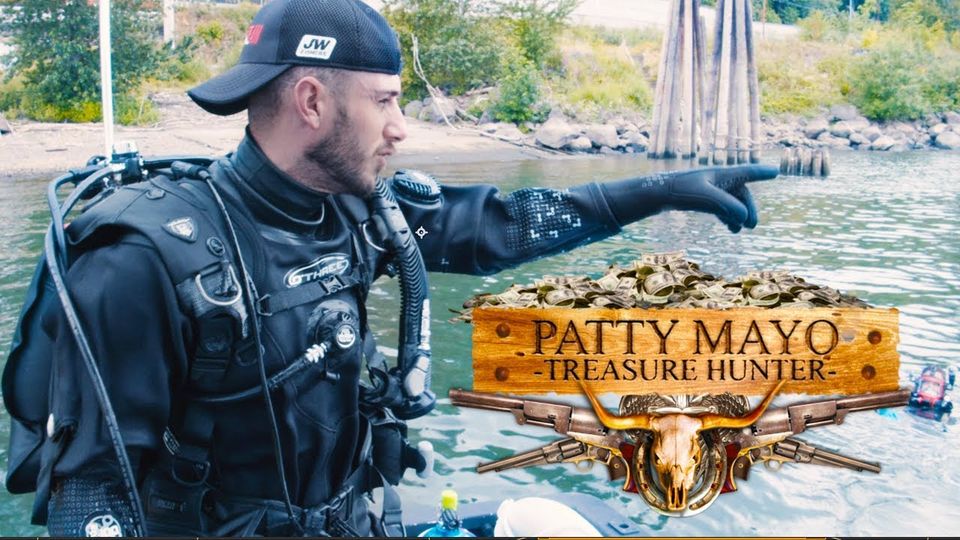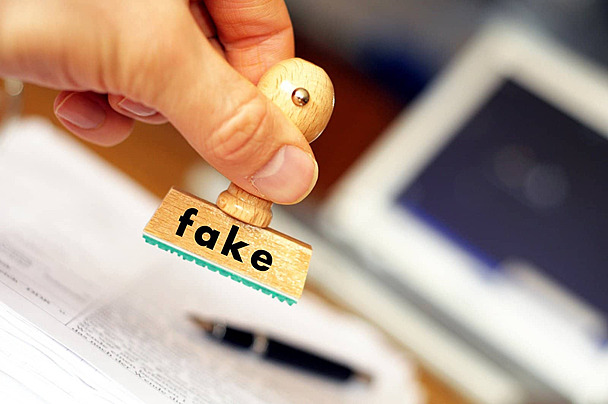Introduction
“Patty Mayo” In the vast landscape of YouTube, where content creators wield the power to shape narratives and captivate audiences, figures like Patty Mayo have emerged as enigmatic personalities. Patty Mayo, also known as Patrick Thomas, has garnered fame through his bounty hunting and arrest-themed videos. However, the veracity of Mayo’s exploits has become a contentious topic, prompting viewers to question the authenticity of his content. In this comprehensive exploration, we will delve into the world of Patty Mayo, examining evidence, controversies, and the ongoing debates surrounding the authenticity of his content.
Who is Patty Mayo?

Before dissecting the authenticity of Patty Mayo’s content, it is imperative to introduce the man behind the camera. Patty Mayo, with his real name being Patrick Thomas, entered the YouTube scene in 2013. His rise to recognition was fueled by bounty hunting and arrest-themed videos, where Mayo and his team purportedly track down fugitives, apprehend them, and narrate the entire process for the audience.
Unraveling the Skepticism
The skepticism surrounding Patty Mayo’s videos hinges on the debate over whether the depicted events are genuine or staged for entertainment. Viewers have raised several points of concern:
A. Lack of Legal Procedures

One prevalent concern revolves around the absence of legal procedures in Mayo’s videos. Many of his “arrests” lack the typical police presence or involvement of law enforcement officers, a deviation from the expected norm in real-life bounty hunting scenarios.
B. Inconsistencies
Observant viewers have noted inconsistencies in the conduct of Mayo and his team during their “arrests.” The frequent use of excessive force and engagement in practices that appear legally and ethically questionable has sparked skepticism.
C. Violations of California Law

California law mandates that bail enforcement agents (bounty hunters) be licensed, and the use of specific tactics may be subject to legal limitations. Critics argue that Mayo and his team operate in ways that might not comply with these regulations.
D. Conflicting Statements
Mayo’s inconsistent statements regarding the authenticity of his videos have further fueled skepticism. While he has asserted that his content is genuine, he has also admitted that certain aspects are scripted or reenacted, creating confusion among viewers.
The Response
In response to the skepticism surrounding his content, Patty Mayo has staunchly defended the authenticity of his videos. He contends that he collaborates with professionals and off-duty law enforcement officers in specific videos, but the authenticity remains a point of contention. Moreover, Mayo has explained the use of reenactments for certain scenes, emphasizing the importance of ensuring the safety of those involved. Despite these explanations, doubts persist among viewers who believe that the line between reality and entertainment is blurred to a significant extent.
Ethical Considerations

The debate surrounding the authenticity of Patty Mayo’s content extends beyond skepticism to encompass ethical concerns. Some argue that, even if his videos are fictional or staged, they promote dangerous or questionable behavior. The use of excessive force or aggressive tactics in these videos raises the potential for influencing viewers, particularly younger ones, to imitate such behavior in real-life situations.
The Legal Angle
Bounty hunting, a central theme in Mayo’s videos, is subject to various state laws and regulations. California, where many of his videos are filmed, has specific laws governing bounty hunters. Critics contend that Mayo’s content may not always align with these laws, potentially exposing him to legal repercussions.
The Role of YouTube in Content Creation

The case of Patty Mayo sheds light on the evolving nature of content creation on platforms like YouTube. As creators push the boundaries between reality and fiction, viewers find themselves navigating a landscape where distinguishing between what is real and what is entertainment becomes increasingly challenging.
The Impact on Viewers
The authenticity of content creators like Patty Mayo significantly influences their viewers. When content is presented as real, viewers may become emotionally invested in the narratives, emphasizing the need to understand the extent to which content is staged or genuine. This emotional investment can have lasting effects on the perception of reality, blurring the lines between fiction and actual events.
The Responsibility of Content Creators
In the age of digital media, content creators wield a unique level of influence and power over their audience. This influence comes with responsibilities, including transparency and ethical considerations. When content blurs the lines between fiction and reality, creators must be mindful of the potential consequences and messages they convey to their audience.
Conclusion
The question of whether Patty Mayo’s content is authentic or staged remains a subject of heated debate among viewers, critics, and fans. While Mayo defends the authenticity of his content and clarifies the use of reenactments, skepticism persists. The Patty Mayo phenomenon transcends an individual creator, touching on broader themes within the world of content creation on platforms like YouTube.
Ultimately, the authenticity of content should be a central concern for viewers. It is imperative to approach online content with a discerning eye, critically evaluating the information presented and recognizing the potential for entertainment to blend with reality. The Patty Mayo saga serves as a poignant reminder that, in the age of digital media, determining what is real and what is staged is a complex and multifaceted task that requires careful consideration.



